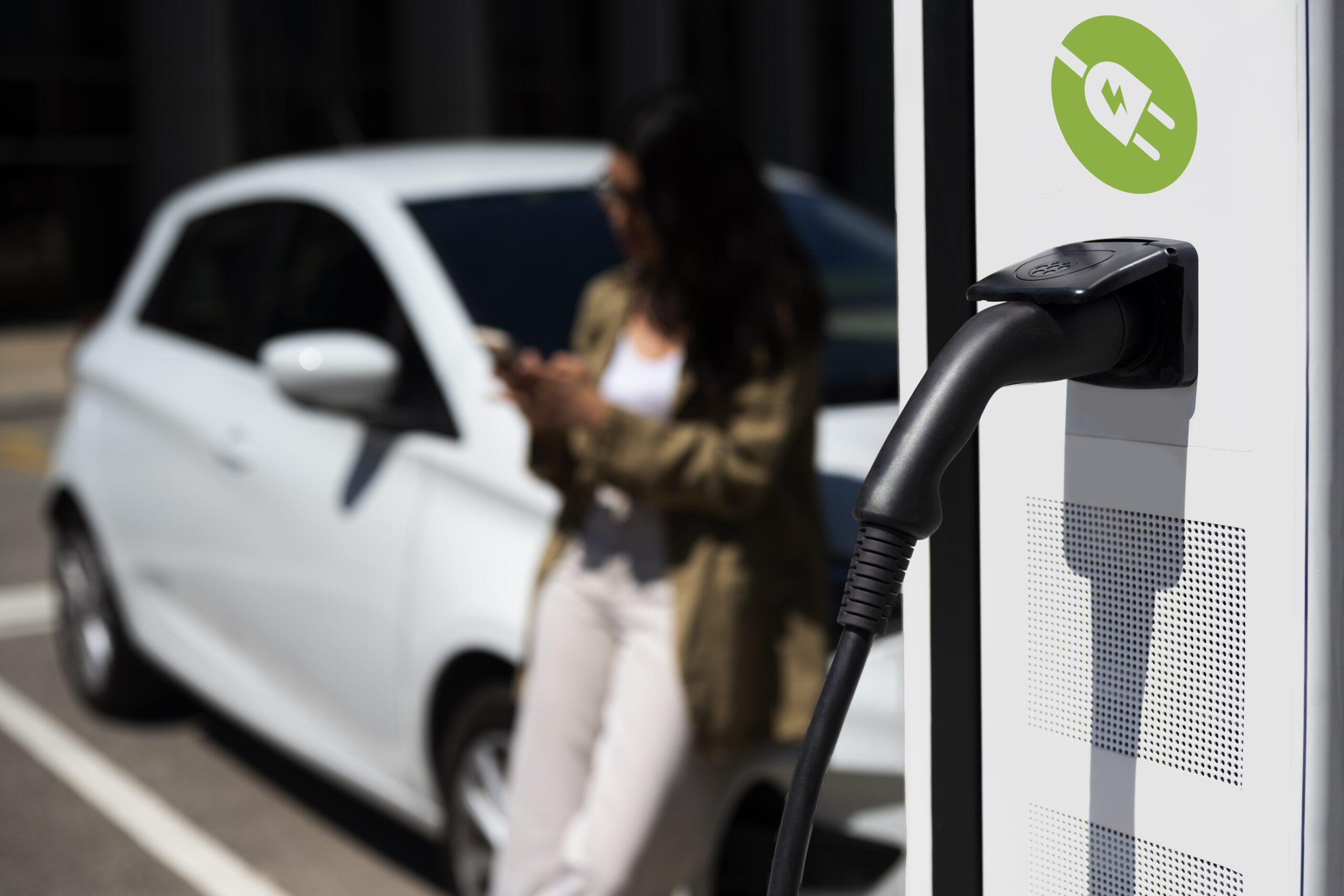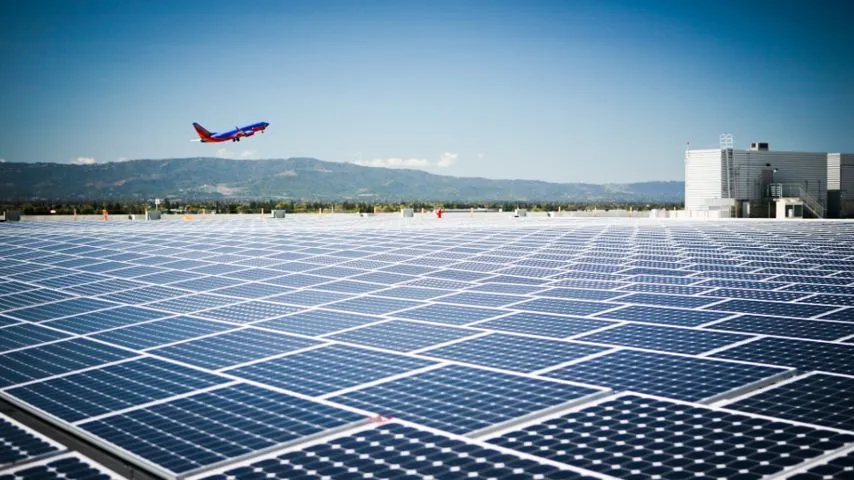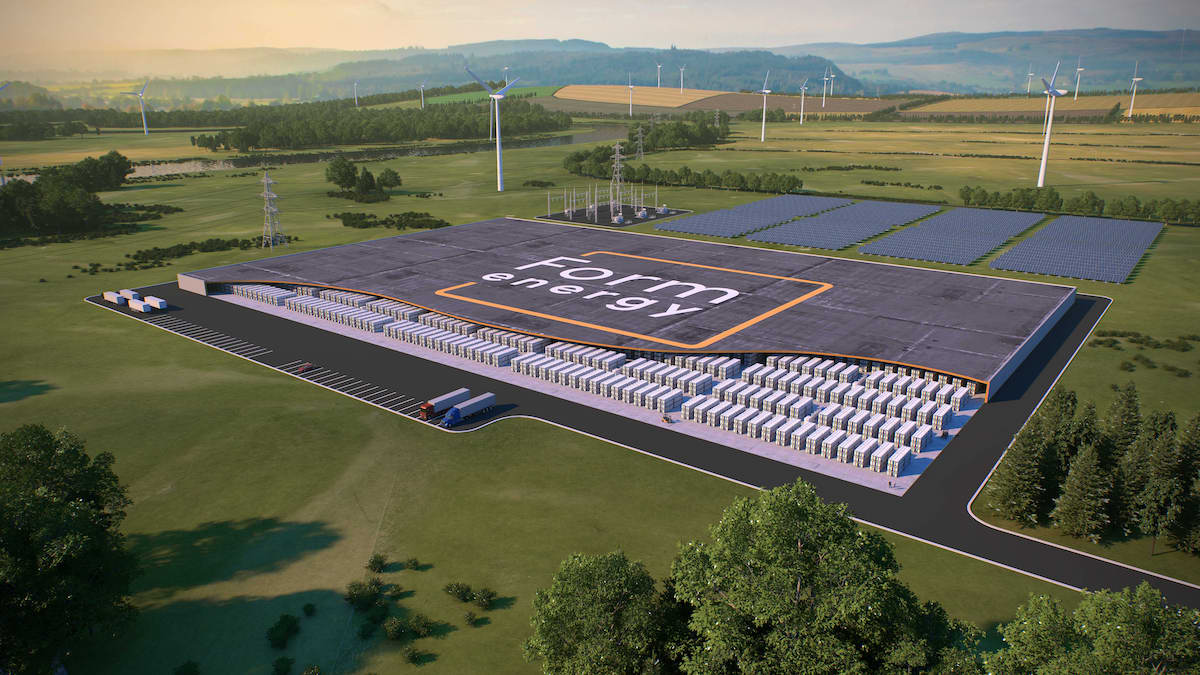Table of Contents
The logistics industry has been rapidly evolving in recent years, with companies constantly searching for new and innovative ways to improve their operations. One such innovation that has been making waves in the industry is the use of solar-powered drones for deliveries. This technology offers numerous benefits, including reduced carbon emissions and faster, more efficient deliveries. In this article, we will take a closer look at how solar-powered drones are revolutionizing the logistics industry.
How do Solar-Powered Drones Work?
Solar-powered drones work by harnessing energy from the sun to power their engines and recharge their batteries. They are equipped with photovoltaic cells, which convert sunlight into electricity. The electricity is then used to power the drone’s motors, allowing it to fly and perform deliveries.
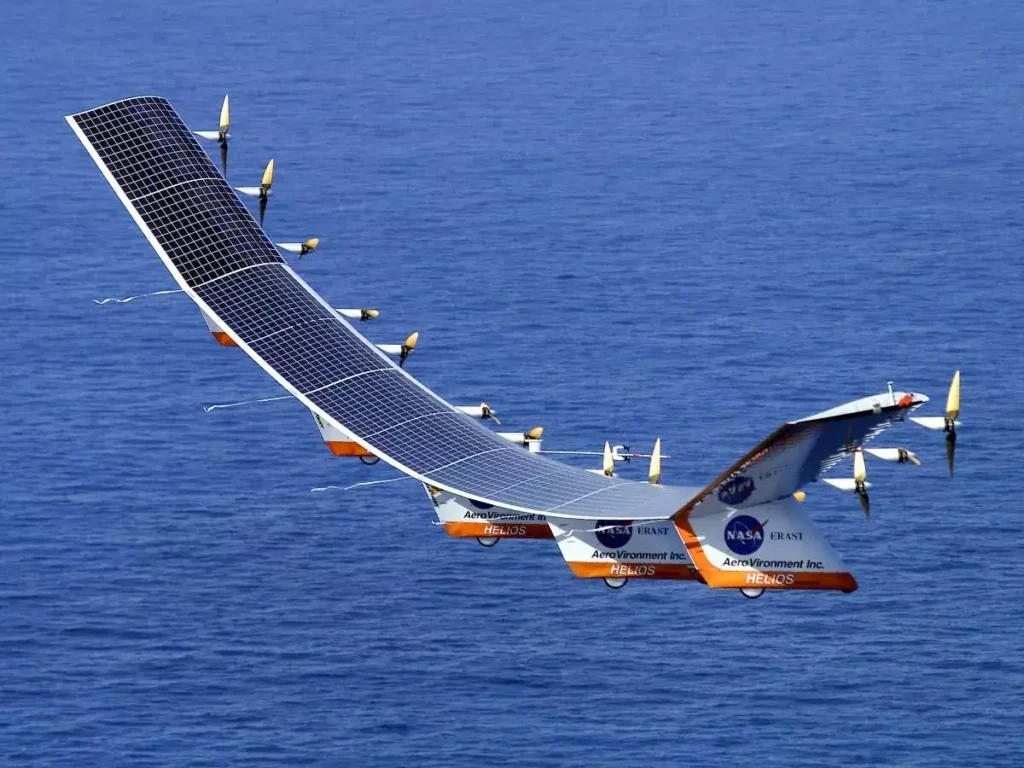
Previously, solar panels were too cumbersome to provide a practical energy source for drones. However, the introduction of thin, flexible, and lightweight solar panels has transformed this situation. While traditional solar panels are around 200 micrometers thick, the use of sliced silicon wafers that are just a few micrometers thick allows for the creation of flexible panels.
Furthermore, researchers at MIT have made significant strides in developing thin, lightweight, and transparent solar panels using organic materials. They have developed a technique whereby they deposit a one-atom-thick layer of graphene onto a solar cell. Alta Devices, a solar company, also grows a few microns-thick layers of Gallium Arsenide (GaAs) for use as a lightweight panel. These types of solar panels can be attached to drone wings without adding unnecessary weight.
With advancements in solar technology, it is becoming more efficient in converting sunlight that hits a panel into electricity. Consequently, more efficient solar panels can be integrated with drones, allowing them to remain airborne for longer durations. Currently, conventional solar panels have an efficiency rating of around 11 to 15 percent. However, Alta Devices has managed to achieve an impressive efficiency rating of 31.6 percent.
Benefits of Solar-Powered Drones
As the use of drones continues to expand across various industries, the need for longer flight times and improved efficiency has become increasingly important. This has led to the development of solar-powered drones, which can stay airborne for extended periods without the need for frequent recharging. In addition to longer flight times, solar-powered drones offer a range of benefits, including cost-effectiveness, reduced environmental impact, and the ability to perform tasks that were previously not possible with conventional drones.
Reduced Carbon Emissions
One of the main benefits of solar-powered drones is their ability to reduce carbon emissions. Traditional delivery methods, such as trucks and vans, emit a significant amount of carbon dioxide and other pollutants into the atmosphere. By using solar-powered drones, companies can reduce their carbon footprint and contribute to a more sustainable future.
Faster Deliveries
Solar-powered drones can also offer faster and more efficient deliveries. Drones can fly directly to their destination, avoiding traffic and other obstacles that ground vehicles must navigate. This can lead to faster delivery times and improved customer satisfaction.
Lower Costs
Another benefit of solar-powered drones is that they can lower delivery costs. Drones require less maintenance than traditional delivery vehicles, and they do not require fuel. This can lead to significant cost savings for logistics companies.
Challenges Facing Solar-Powered Drones
While solar-powered drones offer numerous benefits, there are also several challenges that must be addressed.
Weather Conditions
One of the biggest challenges facing solar-powered drones is adverse weather conditions. Drones rely on sunlight to recharge their batteries, and cloudy or rainy weather can significantly reduce their performance. This can make deliveries less reliable and more challenging to complete.
Regulatory Hurdles
Another challenge facing solar-powered drones is regulatory hurdles. Many countries have strict regulations governing the use of drones, and logistics companies must navigate these regulations to operate their drones legally. This can be a time-consuming and expensive process, which can limit the adoption of solar-powered drones.
Current Use Cases of Solar-Powered Drones in Logistics
Solar-powered drones can perform various tasks similar to conventional drones, such as inspecting buildings, surveying storm damage, and monitoring wildlife. By utilizing solar energy to power these unmanned aerial vehicles, these operations can become more cost-effective and efficient. There will no longer be a need to bring the drones down for a recharge after a few hours.
This is particularly useful for tasks that require drones to remain airborne for extended periods, if not indefinitely. Essentially, these drones can function as satellites, gathering weather data, tracking wildlife, mapping terrain, and conducting other scientific research.
Despite these challenges, there are several current use cases for solar-powered drones in logistics.
Medical Supplies Delivery
One of the most promising use cases for solar-powered drones is the delivery of medical supplies. Drones can deliver medical supplies to remote areas quickly and efficiently, improving access to healthcare for people in underserved areas.
E-commerce Deliveries
Solar-powered drones can also be used for e-commerce deliveries. Drones can deliver packages directly to customers, bypassing traditional delivery methods and reducing delivery times.
Future of Solar-Powered Drones in Logistics
The future of solar-powered drones in logistics looks bright, with numerous advancements and increased adoption on the horizon. A report by Global Market Insights, Inc. predicts that the commercial drone market will expand to $17 billion by 2024. Furthermore, Wood Mackenzie Power and Renewables forecasts that the worldwide installed solar capacity will reach one terawatt, or one trillion watts, by 2023.
According to reports, Titan Aerospace is in the process of creating a drone that can remain in flight for up to five years without interruption. The drone features 50-meter-long wings, which are equipped with 3,000 solar cells and lithium-ion batteries housed inside the wing. With an operational altitude of approximately 65,000 feet, the drone can enjoy unobstructed access to sunlight.
Increased Adoption
As the technology improves and regulatory hurdles are addressed, we can expect to see increased adoption of solar-powered drones in logistics. Companies are already beginning to experiment with drone delivery services, and we can expect this trend to continue as the benefits of drone delivery become more apparent.
According to reports, the global solar-powered drone market is set to reach a value of $1.017 billion by 2023 and is expected to grow at a CAGR of 14.1% to reach $3.803 billion by 2033. By 2023, the global drone market is projected to be valued at around $33.9 billion, with a growth rate of 17.6% CAGR. The sales of solar-powered drones worldwide are estimated to be around 228,000 units, with a growth rate of 12.4% CAGR. As of 2022, revenue generated from solar-powered drones accounted for almost 3% of the global drone market.
Advancements in Technology
Advancements in drone technology are also contributing to the growth of solar-powered drones in logistics. Newer drones are being developed with longer flight times and greater payload capacities, allowing them to carry larger and heavier packages. Additionally, advancements in drone navigation systems and obstacle avoidance technology are improving the safety and reliability of drone deliveries.
In conclusion, solar-powered drones are revolutionizing the logistics industry by offering faster, more efficient, and more sustainable delivery options. While there are challenges to overcome, such as weather conditions and regulatory hurdles, the benefits of solar-powered drones are too significant to ignore. As the technology continues to improve, we can expect to see increased adoption of solar-powered drones in logistics, leading to a greener, more efficient, and sustainable future.
Frequently Asked Questions
Solar-powered drones harness energy from the sun to power their engines and recharge their batteries. They are equipped with photovoltaic cells, which convert sunlight into electricity.
Solar-powered drones offer numerous benefits, including reduced carbon emissions, faster deliveries, and lower costs.
Adverse weather conditions and regulatory hurdles are two of the biggest challenges facing solar-powered drones in logistics.
As technology improves and regulatory hurdles are addressed, we can expect to see increased adoption of solar-powered drones in logistics, leading to a more sustainable and efficient delivery system.
Related Posts



